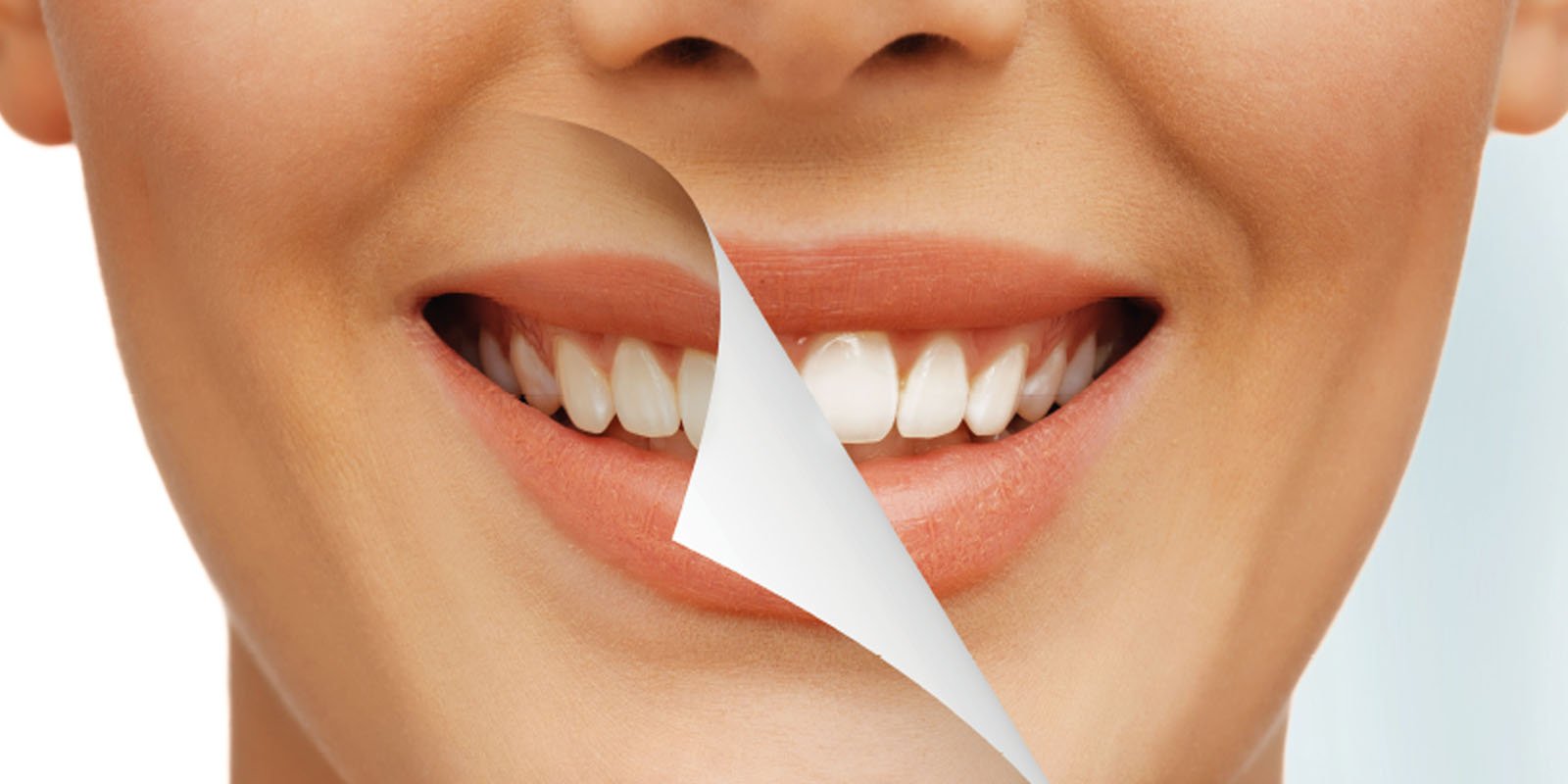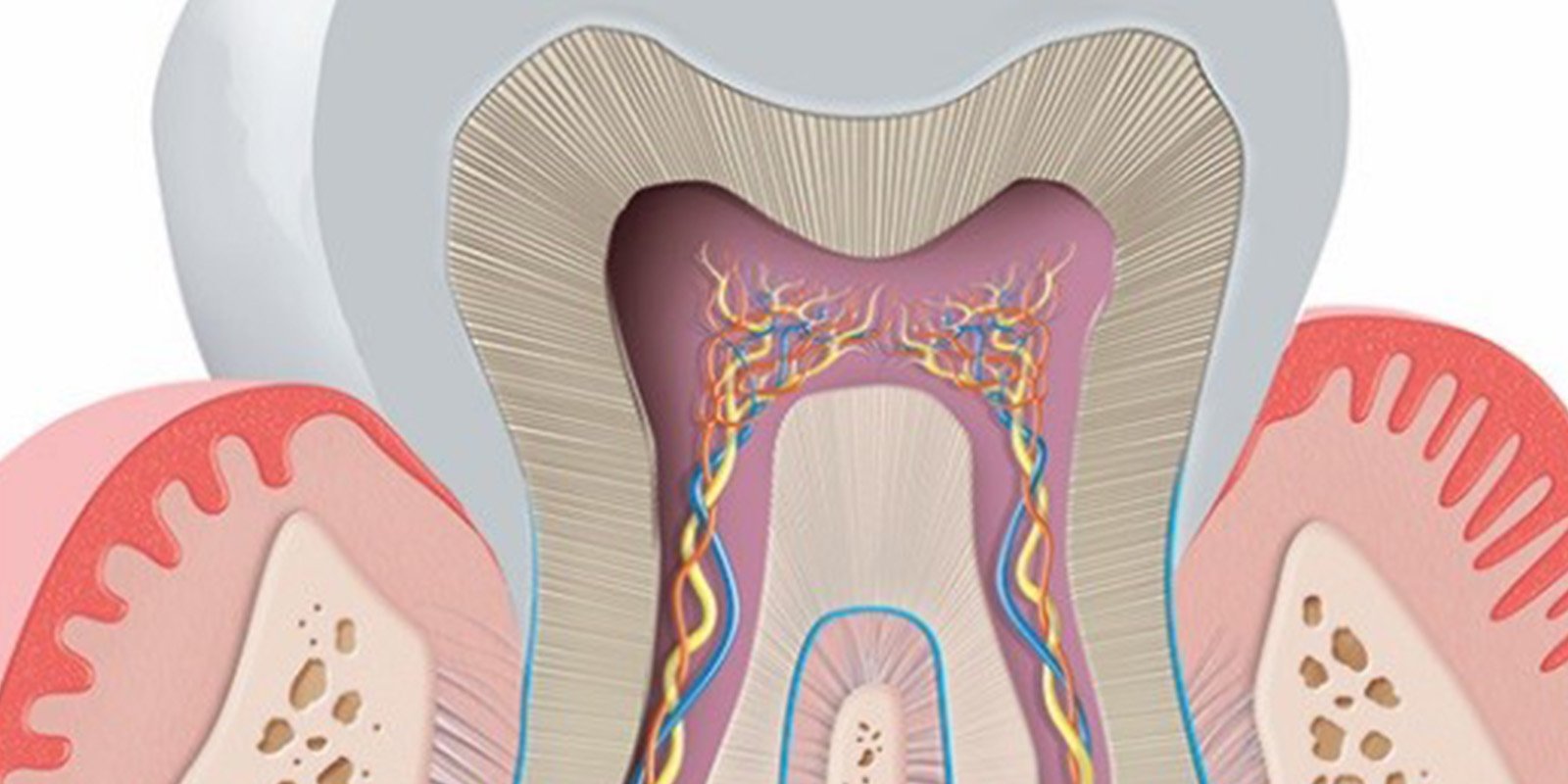DENTAID Oral Health
News for pharmacy professionals
TOOTH WHITENING: TREATMENTS TO ACHIEVE A PERFECT WHITE SMILE
23 May 2017

Many people hide their teeth for fear they are not as white as they would wish. Although the colour of teeth may undergo changes for different reasons, there are various tooth whitening treatments that allow us to restore and maintain the whiteness of our teeth and enjoy a perfect smile.
THE COLOUR OF TEETH
Teeth are generally white and may have yellowish or greyish tones depending on the colour of the dentin. The colour of a tooth depends on the amount and quality of the enamel, which is translucent, and the dentin, which is opaque.
The translucency of the enamel is determined by its composition and thickness: thin and/or very translucent enamel lets you see the dentin, which is why the tooth looks somewhat more yellowish than if the enamel were denser and/or thicker.
It is also important to note that a smooth enamel surface gives off a brighter appearance, while irregular enamel appears darker because the light reflected is less bright as it comes off the surface of the enamel.
There are other factors that influence the colour of teeth, such as age. Over the years, the dentin hardens and takes on a darker colour, which together with the wearing of the enamel over time makes the teeth appear darker or yellowish.
In addition, the colour of the teeth may suffer variations due to other factors. These alterations to the colour may be classified as intrinsic when they occur inside the tooth, or extrinsic when deposits of chromogenic substances affect the surface of the tooth(1).
CHANGES TO THE COLOUR OF TEETH
Intrinsic colourations
Intrinsic colourations are those colour variations that occur inside the tooth. Most occur during the process of tooth formation, such as those produced by systemic alterations (hepatic, metabolic, haemolytic, etc.), by the intake of certain substances, such as tetracyclines, or by lack of vitamins.
However, intrinsic colourations may occur after the eruption of the teeth, for instance, from endodontics, caries or trauma.
Treatment of intrinsic colourations is performed exclusively at dental clinics.
Extrinsic colourations
Extrinsic colourations are produced by the deposition of substances with pigments or chromogens on the enamel, forming stains that alter its colour.
Most of these stains are from food, and habits such as smoking, although they may also be caused by certain bacteria and by the colourants contained in certain products for oral use.
Food stains are mostly produced because they contain polyphenols (popularly known as tannins), combined with poor oral hygiene. Polyphenols bind to the enamel and can cause permanent colour changes, as in the case of wine. Other foods liable to cause stains are coffee, tea, beetroot or colas.
A very widespread type of staining is that from smoking, whether cigarettes, cigars or pipes. This is produced by the deposition of nicotine and tar on the surface of the enamel, and may even reach the dentinal tubules, which makes it difficult to eliminate.
Extrinsic colourations are reversible and can be removed by professional in-office treatment and/or the use of certain cosmetic products for personal use such as toothpastes and mouthwashes.
TYPES OF WHITENING
Whitening at the dental clinic
The whitening carried out at the dental clinic is the most effective in reducing colour tone, making teeth look whiter. There are different methods, but all are based mainly on the application of hydrogen peroxide at high concentrations and its activation using different techniques. Carbamide peroxide, which is also applied in some cases, converts into hydrogen peroxide(2).
To activate the hydrogen peroxide and thus to obtain a whitening effect, there are several techniques that basically rely on applying light and/or heat by different means: lasers, LEDs, plasma lamps, etc.
Hydrogen peroxide penetrates the enamel through its pores. After activation using some the above-mentioned techniques, a chemical reaction takes place that consists of the dissociation of the hydrogen peroxide, producing oxygen free radicals. These bind to the chromophores —the pigments responsible for dental staining— and destroy their conjugated bonds through an oxidation reaction, which eliminates the stains(3). The higher the concentration of hydrogen peroxide, the greater the whitening, but it also increases the risk of damage to the oral tissues. The concentration allowed is therefore limited by law, and in addition, this concentration is even lower if the whitening is not supervised by a dentist. That is, the hydrogen peroxide whitening products available at the pharmacy have a lower concentration than those applied at the dental clinic.
This application should be made with caution because it may cause adverse effects, such as dental hypersensitivity (the most common), irritation of the gums, or damage to the dental pulp.
Outpatient whitening
Outpatient whitening is the use of whitening products prescribed at the dental clinic for application at home by means of trays and follow-up with a dentist. Most products contain hydrogen peroxide (or products that release this substance, such as carbamide peroxide), at a lower concentration than that applied at the dental clinic.
Two trays —one for the teeth in the upper arch and one for the teeth in the lower jaw— are designed at the dental clinic and supplied to the user along with the hydrogen peroxide gel. The dentist should explain to the user how to apply the trays and gel. Most often, the gel-filled trays are inserted in the mouth in the evening after brushing, when going to bed, and kept in overnight, but this may vary depending on the concentration of the gel, the degree of staining, etc. Treatment is checked at the clinic periodically to adjust length of use and gel concentration, until the desired colour is obtained.
Mixed whitening
Mixed whitening obtains the best results and consists of the combination of whitening at the dental clinic plus outpatient whitening for reinforcement.
KEEPING TEETH WHITE
Maintaining whiteness involves the use of toothpastes and mouthwashes with anti-stain, polishing and whitening ingredients, at home without the need for a dentist’s supervision. These toothpastes and mouthwashes are formulated to prevent and eliminate extrinsic stains, in addition to other properties, depending on their composition.
Results are not comparable to whitening at the dental clinic, but it may increase the whiteness of the teeth by one or two tones. The aim is to help restore the original whiteness of the teeth and/or maintain whitening performed at the dental clinic.
It is very important that these pastes not be abrasive in order to avoid damage to the enamel. This point is significant, as these pastes are designed for daily use and, as mentioned above, without a dentist's supervision.
Bibliografía
- Bonilla V, Mantín J, Jiménez A, Llamas R. Alteraciones del color de los dientes. 2007. REDOE - Revista Europea de Odontoestomatologia. Redoe.com. [fecha de consulta: 23 de febrero de 2017]. Disponible en: http://www.redoe.com/ver.php?id=51.
- ADA Council on Scientific Affairs. Tooth Whitening/Bleaching: Treatment Considerations for Dentists and Their Patients. 2009 (revisado en 2010). [fecha de consulta: 23 de febrero de 2017]. Disponible en: https://www.ada.org/~/media/ADA/ About%20the%20ADA/Files/ada_house_of_delegates_whitening_report.ashx.
- Joiner A. The bleaching of teeth: A review of the literature. Journal of Dentistry 2006; 34 (7): 412-419.
RELATED ARTICLES

18 Nov 2021
Laboratory studies prove that CPC in mouthwashes is effective against different variants of SARS-CoV-2 thanks to its mechanism of action
INTRODUCTION The oral cavity is a route of entry, infection and transmission of microorganisms, including the SARS-CoV-2 coronavirus. Several…

11 Apr 2019
PERIODONTAL DISEASE EXPLAINED FOR THE PHARMACIST
Periodontal disease, aka gum disease, is a set of chronic infectious diseases that affect the periodontium, causing inflammation and/or subsequent…

15 Jan 2019
ORAL HEALTH IN ADULTS OVER AGE FIFTY
As the years go by, the mouth undergoes both anatomical and physiological changes. These changes, together with poor oral hygiene and certain…
Sign up for the DENTAID Oral Health newsletter
Sign up for the newsletter